Tuesday, September 6, 2022
Anoushka Shankar: Beginner's Guide
Nigel Williamson charts the career of the genre-defying sitarist, from her Indian classical beginnings to her star-studded cross-cultural fusions

Anoushka Shankar (photo: William Ejam Maail)
When Anoushka Shankar gave her first interview to Songlines in 2000, she was strictly an Indian classical musician whose sole objective was to honour the proud legacy of her father Ravi Shankar and the great traditions of Hindustani classical sitar music. As his star pupil she had been taking sitar lessons from her father since the age of seven. Her first public performance came at the age of 13 as part of her father’s 75th birthday celebration concert. Within a year she was accompanying him on stage at concerts around the globe.
She was just 19 when she first appeared in Songlines and had recently released her second album, Anourag. Like her 1998 debut, Anoushka, it was a strictly classical affair. Asked about the ‘f word’ (fusion), she recoiled as if the letter stood for something far more offensive.
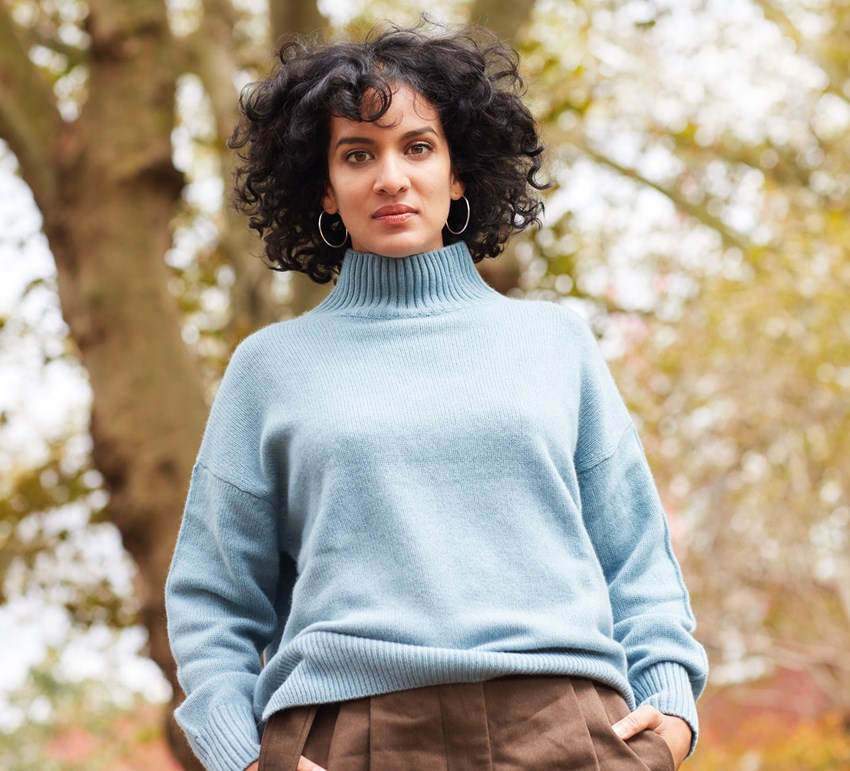
Anoushka Shankar (photo: Laura Lewis)
Fast forward six years to her next appearance in these pages, as the cover star no less. She had just released her third studio album, Rise, and the first sounds you heard on it weren’t a sitar at all, but an electronic drone and a tinkling piano. At 25, she was finally finding her own voice, while still paying homage to the traditions she had inherited from her famous father. “Rise was an experiment for me, a way to speak the language of my own history: growing up across three continents with one foot in the past and one in the present,” she said. “It’s about reaching a certain point in my own growth as a musician. I wanted my own music to reflect more of me and it’s not that the classical music doesn’t do that – it does. But I wanted more of my personality.” It was, of course, a perfectly logical development. Her father wasn’t only a master of Hindustani music, but a bold pioneer of Indian fusion who had collaborated with Yehudi Menuhin, Philip Glass and André Previn, among others.
Since then it has been fascinating to watch Anoushka’s musical tastes grow ever more omnivorous as she has traversed genres, from classical to contemporary and acoustic to electronic. She’s worked with artists ranging from Rodrigo y Gabriela and Patti Smith to Herbie Hancock and Lenny Kravitz via the classical violinist Joshua Bell. Her own albums have featured collaborations with a diverse cast of musicians that includes Karsh Kale, Sting, her half-sister Norah Jones, Nitin Sawhney, the rapper MIA and French-Cuban duo Ibeyi. She’s scored several films and recently became one of the first female composers to be included on the UK A-level music syllabus. She is a rare artist who knows no boundaries. “I need to make music that represents my inner truth,” she said in 2020. “It has an Indian-ness at its root, but branches out to encompass sounds and cultures across borders.”
Born in 1981 in London when her father was 61, she spent her early childhood between Britain and India and most of her teenage years in California, where she went to school. Ironically it was her mother Sukanya, a singer of Karnatic (South Indian) music, who first nurtured her musical talent, teaching her daughter to sing and encouraging her to learn traditional bharatanatyam dance. She played the piano before she started taking sitar lessons with her father.
By the time she was performing on stage with Ravi he was in his mid-70s. “I’m just being an assistant. I have to support him and be ready to jump in and fill, or shadow something,” she told Songlines in 2000. “It’s a bit like having a lesson on stage.”
She was soon ready to perform on her own. Her 2001 album Live at Carnegie Hall was an important step as an indication of her growing independence and was nominated for a Grammy in the Best World Music Album category. Equally significant was her performance at a Royal Albert Hall tribute concert for George Harrison in 2002, at which she conducted a 23-minute composition for Indian and Western instruments written by Ravi Shankar in memory of the former Beatle, whom she had grown up knowing as ‘Uncle George.’ Her father sat proudly at the side of the stage and the performance can be heard on the double-album Concert for George.
After her first venture outside the Indian classical tradition with Rise, she followed with a series of increasingly ambitious albums that combined her classical sitar training with contemporary styles and genres. Breathing Under Water from 2007 was a collaboration with Karsh Kale that incorporated audacious electronica beats and guest vocals by Norah Jones and Sting alongside a sitar duet with her father. Traveller (2011) teamed her with the Spanish producer Javier Limón and explored the shared history between flamenco and Indian classical music, with appearances from Spanish singers such as Buika and Duquende.
Following the death of her father in 2012, her next two releases were in contrasting ways homages to him. Traces of You (2013) was produced by Nitin Sawhney, and was a heartfelt family tribute with her half-sister Norah Jones singing on three tracks. Two years later she honoured his memory with Home, her first studio album of purely classical ragas in 15 years. Land of Gold (2016) returned to her more adventurous cross-cultural fusions and was accompanied by an album of remixes by Mogwai, Karsh Kale, Matt Robertson and London-based collective Shiva Soundsystem.
In 2020 came Love Letters, a six-track EP that was the most personal release of her career, a set of lyrical songs that bared her innermost feelings over her break-up and divorce from the film director and father of her two sons, Joe Wright, yet expressed her enduring faith in the healing power of music. She described it as ‘part of a longer journey towards a very simple, international sound in which the sitar is no longer exotic or classical, but simply a tool of expression when juxtaposed with the voice and cross-genre elements.’
The summer and autumn of 2022 brings a concert tour with the Britten Sinfonia and long-time collaborator and master of the hang (hand pan) Manu Delago and is presaged by the release of the live album Between Us…, recorded in 2018 and featuring Delago and the Metropole Orkest, conducted by Jules Buckley.
Wherever her musical journey takes her next is sure to be fascinating. ‘I’ve worked hard and tried to approach my career with as much honesty and integrity as possible,’ Anoushka has said in an interview with Yahoo!. ‘I’ve also had many blessings along the way and feel very fortunate to have a career that speaks so much to my soul.’
Best Albums
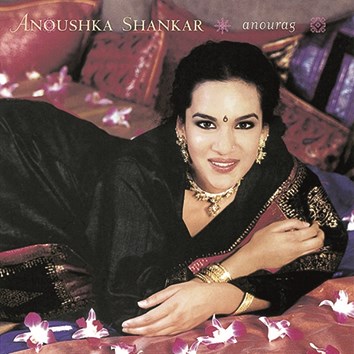
Anourag
(Angel Records, 2000)
Anoushka Shankar’s second album, recorded when she was just 18 features six ragas arranged for her by her father, who also plays on the album.
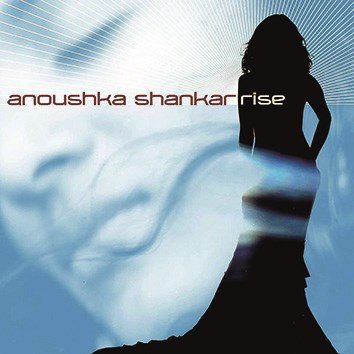
Rise
(Angel Records, 2005)
The album on which Anoushka finds her own identity, composing, arranging and producing all nine tracks herself and playing keyboards and sitar as she fuses Indian classical with jazz, pop and world music textures. Reviewed in July/August 2006 (#38).
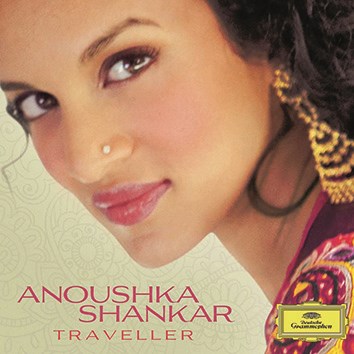
Traveller
(Deutsche Grammophon, 2011)
Produced by Spain’s Javier Limón, who co-wrote five of the 12 tracks, this album was built around the idea that Spanish flamenco had its origins in the Gypsy culture of Rajasthan. A Top of the World in November/December 2011 (#80).

Traces of You
(Deutsche Grammophon, 2013)
Ravi Shankar died while Anoushka was at work on this album and inevitably it became a memorial to her father. Her half-sister Norah Jones joined the tribute on three tracks, while Nitin Sawhney produced. Reviewed in November/December 2013 (#96).
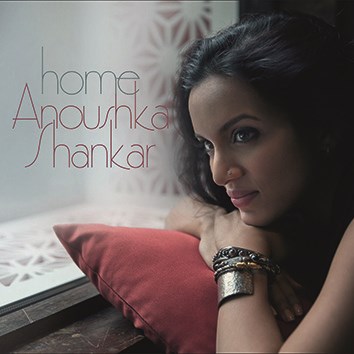
Home
(Deutsche Grammophon, 2015)
This album found Anoushka returning to her roots on her first set of classical ragas in 15 years, showing how sensitive and nuanced her playing had become since her salad days. A Top of the World in August/September 2015 (#110).

Land of Gold
(Deutsche Grammophon, 2016)
A ‘cry against injustice’ inspired by the global refugee crisis, Anoushka is joined by hang player Manu Delago, Sanjeev Shankar, MIA, Alev Lenz and Vanessa Redgrave. Reviewed in June 2016 (#118).
This article originally appeared in the August/September 2022 issue of Songlines magazine. Never miss an issue – subscribe today

